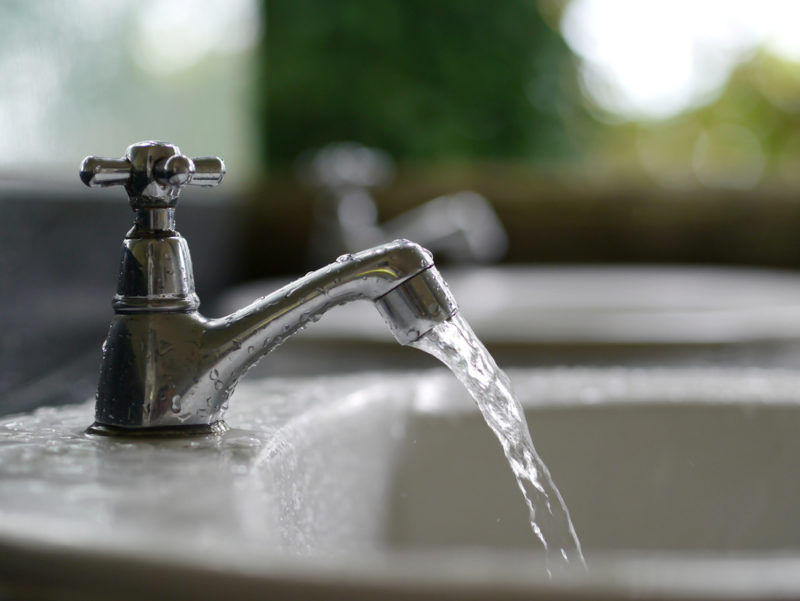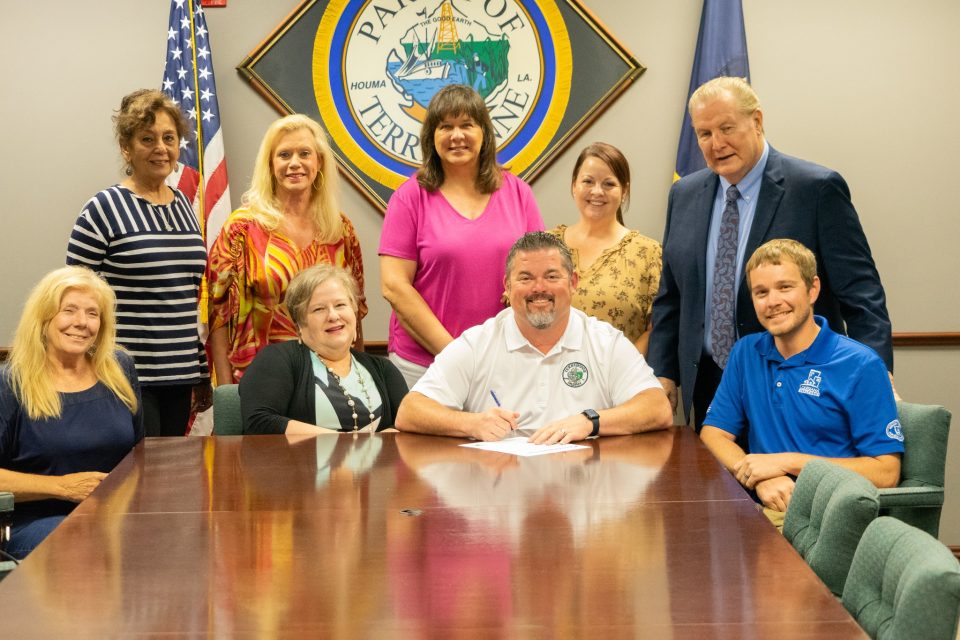
Stanley Guillot
July 3, 2017
Unsafe at what speed? Deaths place focus on police chases
July 4, 2017Terrebonne Parish water officials say they are using the best science possible to treat and monitor the presence of naegleria fowleri – commonly referred to as a “brain-eating amoeba.”
But they say the process is frustrating and that options are limited.
Michael Sorbert, director of Terrebonne Parish Water District No. 1, said the continued cooperation of the public is the best weapon against anyone being harmed by the microbe. “Keep it out of your noses,” Sorbert said.
Last Thursday the microbe was discovered after routine testing by the Louisiana Department of Hospitals. In anticipation of the microbe’s potential for an early summer appearance due to higher temperatures, Sorbert had already ordered higher levels of chlorine into the water system, which was accomplished on June 12. That, coupled with a warning that people must keep water out of their nostrils, is about all a water director can do, Sorbert said.
With the summer recreation season in full swing, parents are advised to closely supervise children in wading pools and on water slides. Nose-pinchers are recommended. Salt-water pools should not be affected, nor those dosed with heavy concentrations of chlorine. Users of home oxygen or those with CPAP machines, both of which use water to add moisture to air flow, should be certain they are following directions that require they use distilled water.
Intravenous drug users are not at higher risk through using water with their activities, health officials said, because any presence would be in the bloodstream and have no access to soft tissue or pathways direcly related to the brain.
The problem is not isolated to Terrebonne Parish. Naegleria fowleri has also been discovered in the water systems of St. Bernard and Ouchita parishes. There, as here, officials are boosting the chlorine and the advisories.
“This problem is popping up more and more frequently and what are we going to do?” Sorbert said. “It is frustrating because we have peoples’ lives at stake. We don’t want anyone to get sick. It’s not an instantaneous fix. It takes seven days to get water from Schriever to the end of the system. The state of Louisiana is writing the history book on this, because it is nowhere else, it is right here. We are doing everything we can to be part of the solution and not a continuing vector for the problem.”
Additional actions could be taken, but Sorbert and other officials say they could have unintended consequences. Flushing the water system with higher pressure is one alternative that might or might not have positive results, Sorbert said.
The problem with that, he responded, is that the approach could have unexpected effects including the dislodging of material built up in old pipes that could affect safety, color or taste issues. Adding sources of additional concern to a problem that could indeed be limited to one small stretch of the system – a feeder to an Isle de Jean Charles fire hydrant – might not be worth the risk, Sorbert said.
That’s one of the places from which the Department of Hospitals, as part of an early warning program, took a sample on June 20.
The water was brought to Baton Rouge where it underwent tests that included a period of growth for the amoeba, which indeed made its presence known last Thursday.
Sorbert was immediately notified.
He issued a statement that day, in which he stated that the water is safe to drink. But people should not put it in their nose.
“Do not use a Neti pot or anything else that requires nasal inhalation,” Sorbert said. “Letting young children bathe alone, run through sprinklers or do anything else that might cause water to be taken through the nose is not advised. We are being overly cautious because we know that this is a serious business. This is not a stomach ache or anything like that, this is death.”
Stomach acids naturally kill the amoeba, Sorbert said. But nasal passages lead directly to the brain.
“The only way it can get to your brain with nothing stopping it is from the nostrils,” Sorbert said.
Sorbert said he and members of the water board are proud of the safe protocols that are routinely used, the same ones that resulted in the early detection of the amoeba.
“We have a good staff of people, a good operation, we have the resources to solve the problem and that is what we are trying to do,” Sorbert said. “This amoeba has been around since the dinosaurs. The dinosaurs adapted and we have gasoline in the car. The amoeba adapted and we still have them. We are still trying to find ways to create an environment they can’t live in.”
Terrebonne Parish discovered the amoeba in the water during 2013 and in 2015 and has used the same protocols for detection and treatment. Anyone with questions can call the water district at (985) 879-2495.
A Centers fo Disease Control fact sheet on Naegleria fowleri says the problem is spreading to other places, and presents risks for swimmers in water holes, lakes, and other natural bodies.
“Naegleria fowleri is commonly found in lakes in southern-tier states during the summer but more recently has caused infections in northern states,” the advisory states. “This means that recreational water users should be aware that there will always be a low level risk of infection when entering these waters. In very rare instances, Naegleria has been identified in water from other sources such as inadequately chlorinated swimming pool water or heated and contaminated tap water. Naegleria fowleri grows best at higher temperatures up to 115°F (46°C) and can survive for short periods at higher temperatures.” •










